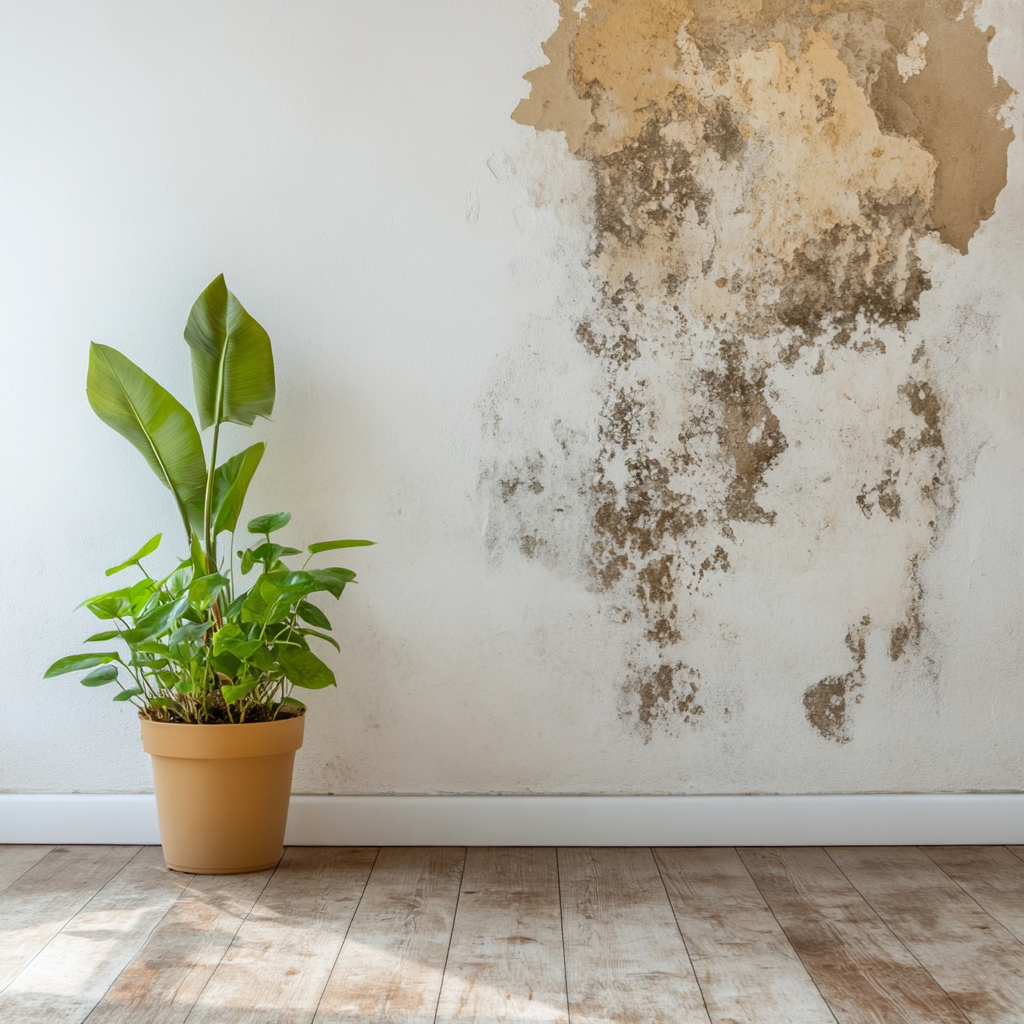BEYOND THE BRANCHES:
INSIGHTS FROM ACORN + OAK
The Great Landlord Dilemma: Wear and Tear or Tenant Damage?

As a landlord or property manager, you know the moment all too well: a tenant moves out, and you walk into the empty unit, clipboard in hand, to assess the condition. You're searching for significant issues, but you're also scrutinizing every detail, wondering if that small scuff on the floor is just a part of aging or if it's something you can charge the tenant for. Differentiating between normal wear and tear and actual tenant damage can be a real headache.
Getting this wrong can lead to serious friction, from disgruntled tenants to costly legal disputes. To simplify this process and help you make confident decisions, we've developed a simple framework based on three key questions. By asking these questions, we've found we can discern if an issue is a natural part of a property's life cycle or if it's a problem that should be the tenant's responsibility.
3 Questions to Ask Yourself When Assessing a Property
1. Is the issue normal, expected, and minor?
Think about the lifespan of your property's components. Over time, surfaces will fade, and materials will show signs of use. A few examples of this include:
- Small scuff marks on walls where furniture was placed.
- Faded curtains or blinds due to sunlight exposure.
- Minor scratches on hardwood floors in high-traffic areas.
- Worn grout in the bathroom or kitchen.
These are the inevitable signs of a home being lived in. They are not the result of misuse and are a natural part of a property's aging process.
2. Is the item still functional?
This question gets to the core of the problem. While an item may have some cosmetic imperfections, does it still serve its intended purpose? If a kitchen cabinet has a little chipped paint but still opens and closes the door, it's functional. However, a kitchen cabinet that has been pulled off it's hinges is a different story—it's broken.
- Wear and Tear: A countertop with a few scratches is still a functional surface for preparing meals.
- Damage: A countertop with a deep gouge or a large burn mark is no longer fully functional as it is.
This question helps you move past minor aesthetic issues and focus on what's truly broken.
3. Could the tenant have prevented this with reasonable care?
This is often the most critical question. Damage is almost always a result of a specific, preventable action or inaction. It's not something that happens gradually over time.
- A large hole in a wall is likely the result of an accident (or carelessness).
- A deep, unremovable burn mark on the carpet is not something that happens from normal walking.
- Extensive pet damage to doors or trim is a clear sign of a lack of care.
Normal wear and tear could not have been prevented, no matter how careful a tenant was. The carpet would still wear down, and the paint would still fade. Damage, however, could have been avoided.
The Verdict: Putting It All Together
If you answered "yes" to all three of these questions, you're most likely dealing with normal wear and tear.
- It is normal, expected, and minor.
- The item is still functional.
- It could not have been prevented with reasonable care.
By applying this simple, three-question framework, you can approach your move-out inspections with confidence and clarity. It's a fair and objective way to protect your investment while building trust and maintaining positive relationships with your tenants.
Disclaimer: The information provided in this blog post is intended for general informational purposes only and does not constitute legal advice. While we strive to provide accurate and up-to-date information, laws and regulations can change, and the specific application of these laws to your situation may vary. Acorn + Oak Property Management is not a law firm and does not provide legal advice. If you have specific legal questions or require legal advice, we strongly recommend consulting with a qualified attorney.














